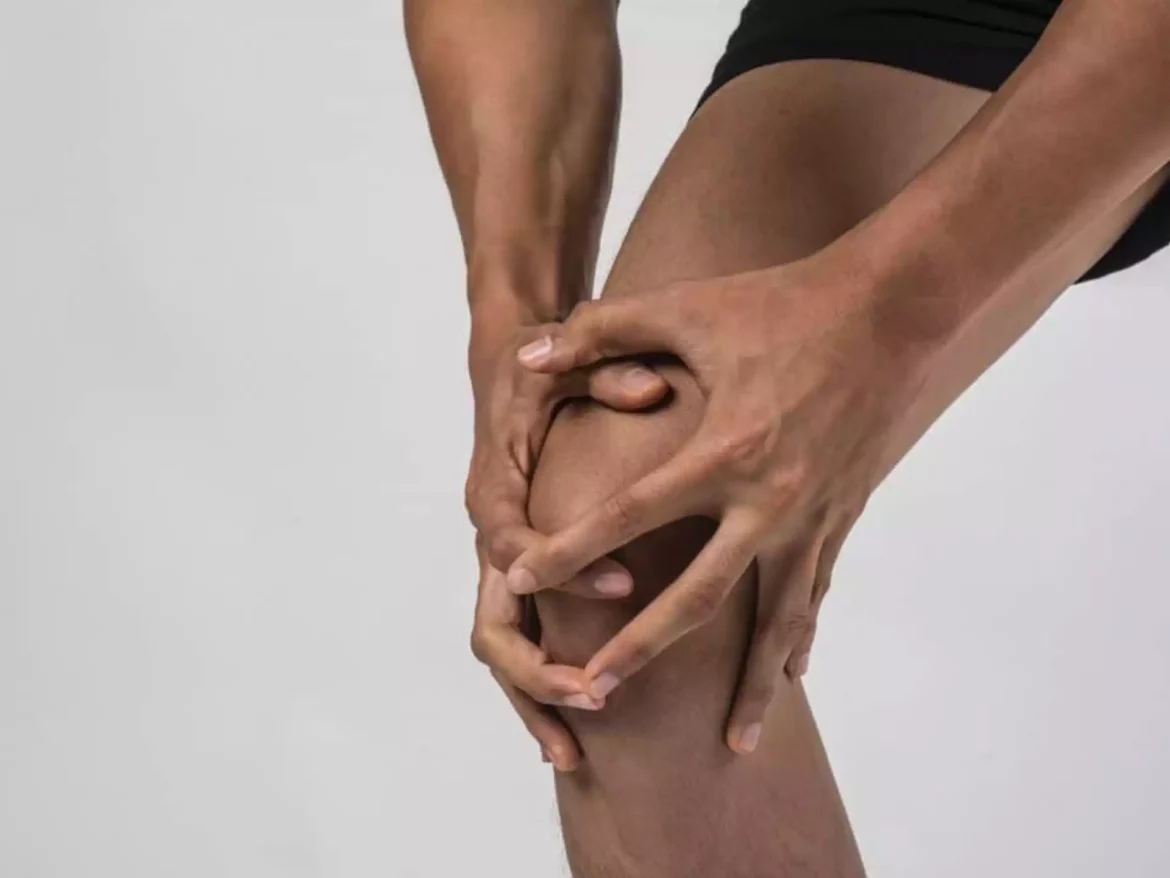In this article we will deal with one of the most common traumatic knee injuries in padel.
The menisci are two sheets of fibrocartilage that rest on the articular side of the tibia: the medial or inner meniscus is C-shaped and the lateral or outer meniscus is O-shaped. Their function is to assist joint congruence by forming an elastic cushion between the femur and tibia, which also cushions and absorbs loads passing through the knee joint.
The MECHANISM OF INJURY in padel is similar to other sports, with injury to the inner meniscus being more common than the outer meniscus. It occurs in two ways:
- Rotation of the knee with the leg supported in semi-flexion, which would generate a shear and a longitudinal or transverse break. For example, when we make a sudden movement of the knee changing direction on the court.
- Hyperextension or hyperflexion of the knee, causing a tear of the posterior or anterior rods. For example, when we try to make a low volley at the net and we lose balance in the support where the knee flexion is maximum.
SYMPTOMS would be very severe pain in the femorotibial joint interlining, joint effusion usually appearing within hours of injury and joint locking in some cases. Over time it is usually accompanied by disuse-induced quadriceps muscle hypotrophy due to ongoing pain.
The DIAGNOSIS is fundamentally clinical, as a good examination would make it clear; but we normally rely on diagnostic imaging such as Magnetic Resonance Knee Imaging.
The initial TREATMENT would be sessions of 15-30 minutes to strengthen the quadriceps muscles, with isometric exercises and eccentric contractions, always applying cold after the sessions; the famous ‘bags of frozen peas’ are very useful as they adapt very well to the joint. It is advisable not to apply them directly to the skin to avoid a burn, so we will use a small towel. If the symptoms do not improve in 3 weeks, we should consider going to the operating theatre for a reparative arthroscopy. This can keep us off the courts for about a month and a half, as long as we carry out a good post-operative rehabilitation.


